Accordingly, the inventory aims to review the quantity and approve the list of relics in 30 districts, towns and cities to serve the State management work periodically. At the same time, supplement, evaluate and make a list of the relic system including: name, type, construction site, architectural scale, historical figures, relics, artifacts, national treasures of the relic, contributing to the planning and orientation for activities of management, conservation and promotion of relic values.
From there, build a database, store and preserve information, records and legal documents to serve the State management work, research on cultural heritage of the Capital; gradually introduce, promote, and provide professional guidance on the management, protection and promotion of cultural heritage values in the city.
The inventory subjects are construction works, locations, natural landscapes, and natural areas in the area that are not included in the inventory list of relics provided by the People's Committees of districts, towns, and cities, and proposed outside the list of relics announced by the City People's Committee in Decision No. 5745/QD-UBND dated October 14, 2016.
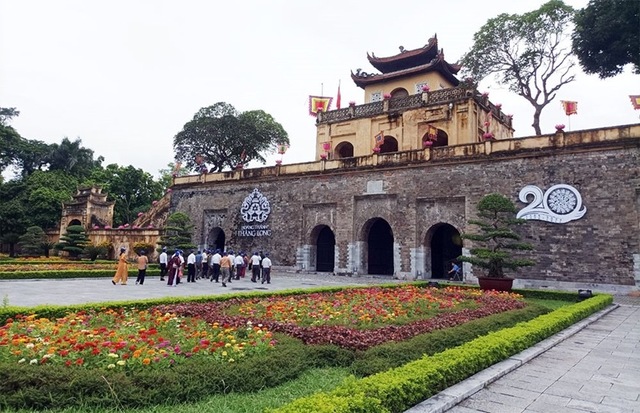
Hanoi inventorying historical - cultural relics and scenic spots (illustrative photo)
Specifically, historical relics (event memorials, celebrity memorials) are constructions and locations associated with historical events, the lives and careers of celebrities. Artistic architectural relics are complexes of artistic architectural works or single architectural works including areas with architectural works, yards, gardens, ponds, lakes and other elements related to that relic.
An archaeological site is an archaeological site that includes an area where relics, artifacts, terrain, and landscapes have been discovered that are directly related to the living environment of the subject that created that archaeological site. Scenic landscapes include natural landscapes, terrain, geomorphology, and other geographical elements containing biological diversity and unique ecosystems, physical traces of the stages of the earth's development, or architectural works related to that scenic landscape.
The inventory contents include the name, location, type, and religious activities of the relic; the status of land management; the overall architectural structure of the relic; the process of construction, restoration, renovation, and embellishment of the relic; and statistics on typical artifacts of the relic. The inventory method includes surveying, fieldwork, recording, photographing, audio and video recording to collect information and document the relic; analyzing, comparing, contrasting, evaluating, and synthesizing documents related to the inventoried relic.
The Hanoi People's Committee assigned the Department of Culture and Sports to preside over and coordinate with the People's Committees of districts, towns and cities to organize the inventory of relics in the area, submit to the Hanoi People's Committee for approval, and announce adjustments and supplements to the list of relic inventory.
The People's Committees of districts, towns and cities coordinate with the Department of Culture and Sports and the Hanoi Monuments and Landscapes Management Board to review, evaluate, inventory, synthesize and make a list of relics under management according to decentralization; declare and supplement construction works, locations and natural landscapes not yet included in the list...
The Hanoi People's Committee also requested that the inventory of relics requires close coordination between the unit and other units, functional agencies and localities, ensuring compliance with procedures and legal regulations on cultural heritage, while integrating with ongoing programs and plans, attracting people to participate, especially localities with relics./.
Source: https://toquoc.vn/ha-noi-kiem-ke-di-tich-lich-su-van-hoa-va-danh-lam-thang-canh-20240731165453197.htm



![[Photo] Students of Binh Minh Primary School enjoy the full moon festival, receiving the joys of childhood](https://vphoto.vietnam.vn/thumb/1200x675/vietnam/resource/IMAGE/2025/10/3/8cf8abef22fe4471be400a818912cb85)

![[Photo] Prime Minister Pham Minh Chinh chairs meeting to deploy overcoming consequences of storm No. 10](https://vphoto.vietnam.vn/thumb/1200x675/vietnam/resource/IMAGE/2025/10/3/544f420dcc844463898fcbef46247d16)










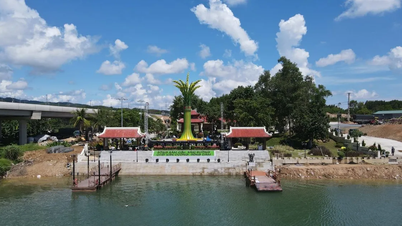





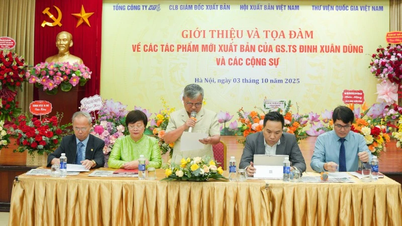


![[Video] Launch of 12 new works by Professor, Dr. Dinh Xuan Dung and colleagues](https://vphoto.vietnam.vn/thumb/402x226/vietnam/resource/IMAGE/2025/10/3/2b81342a9c2b482c901c8997ec7ad0ea)
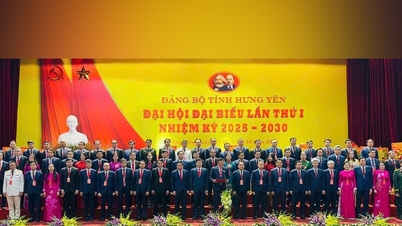



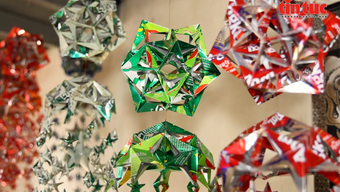


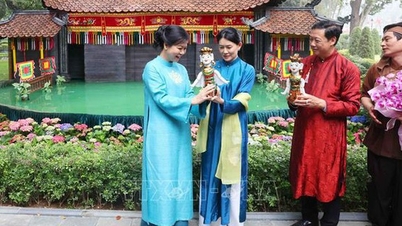



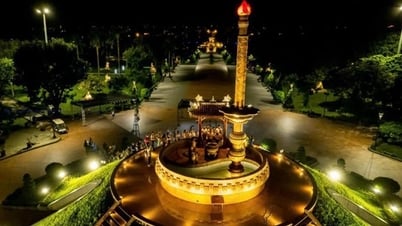

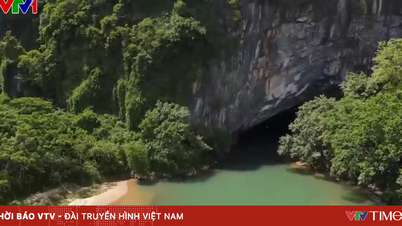


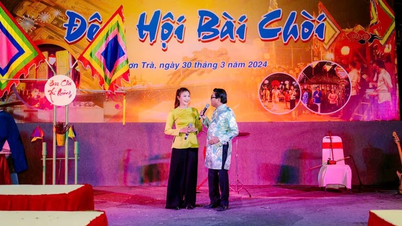
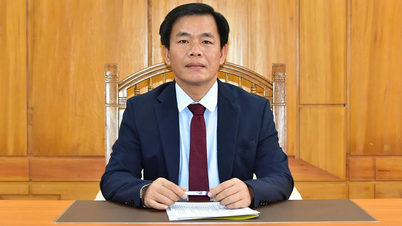

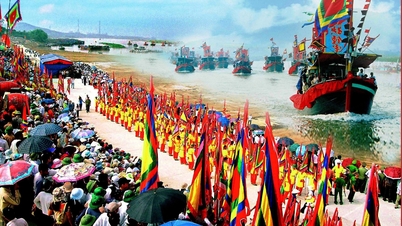




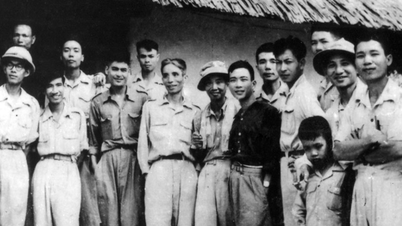

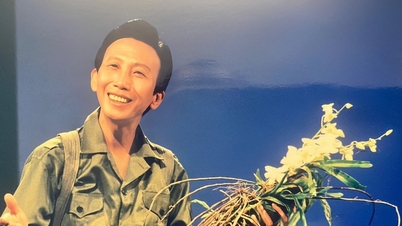
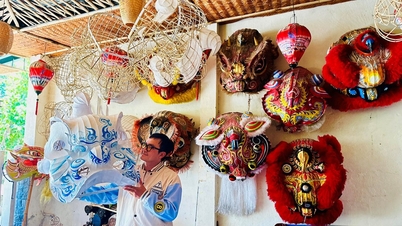



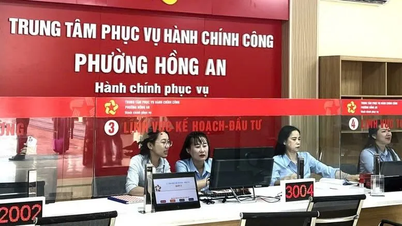
















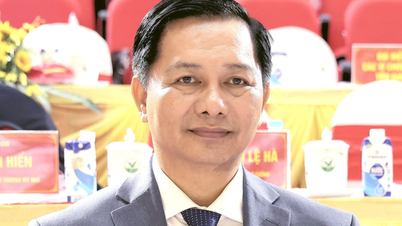
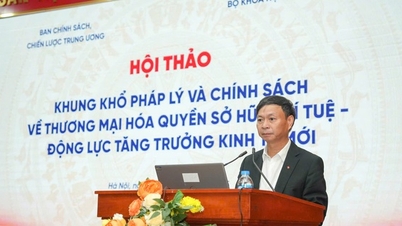



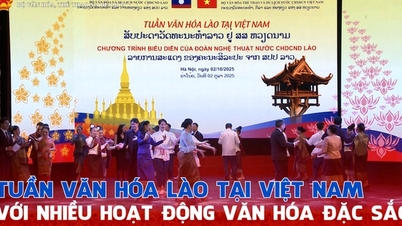

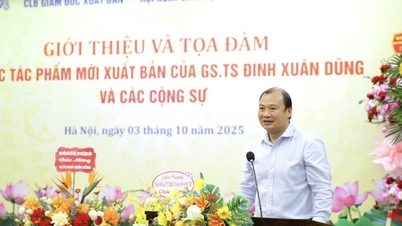


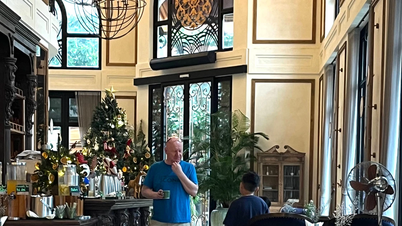

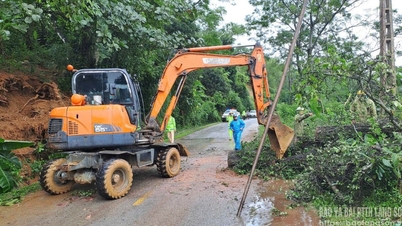





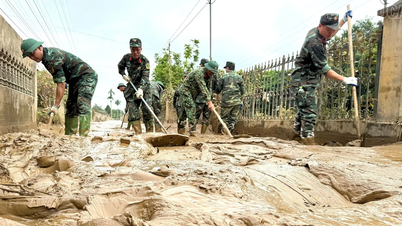
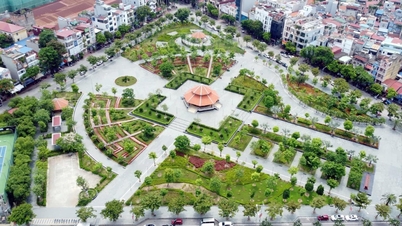









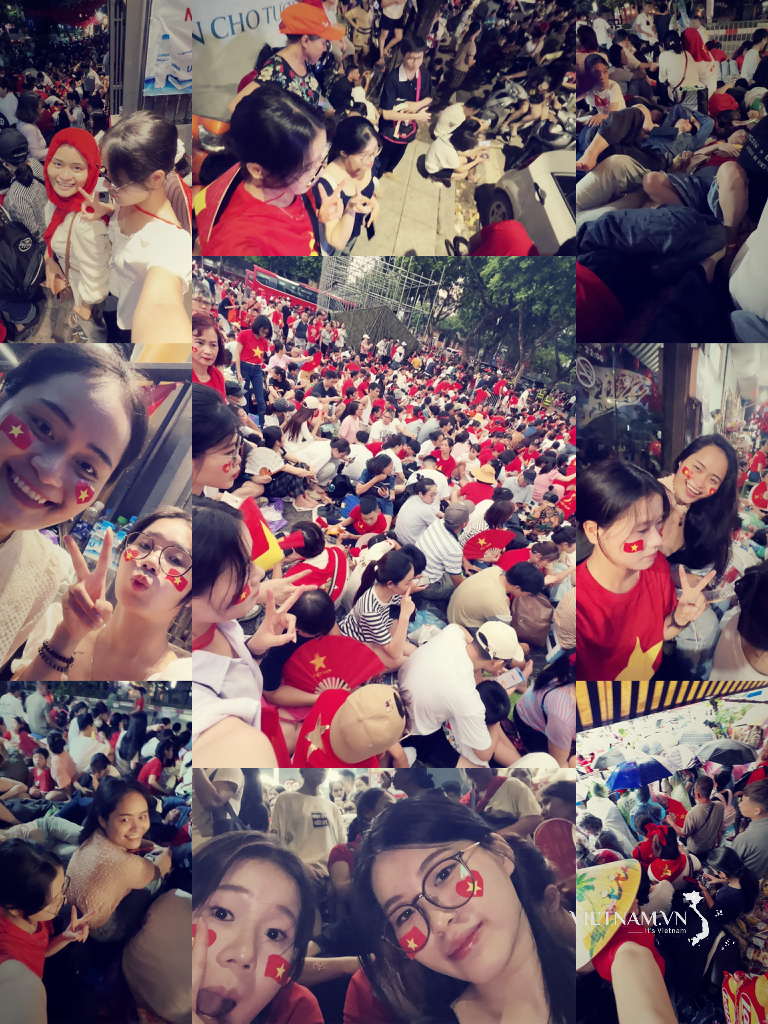



Comment (0)